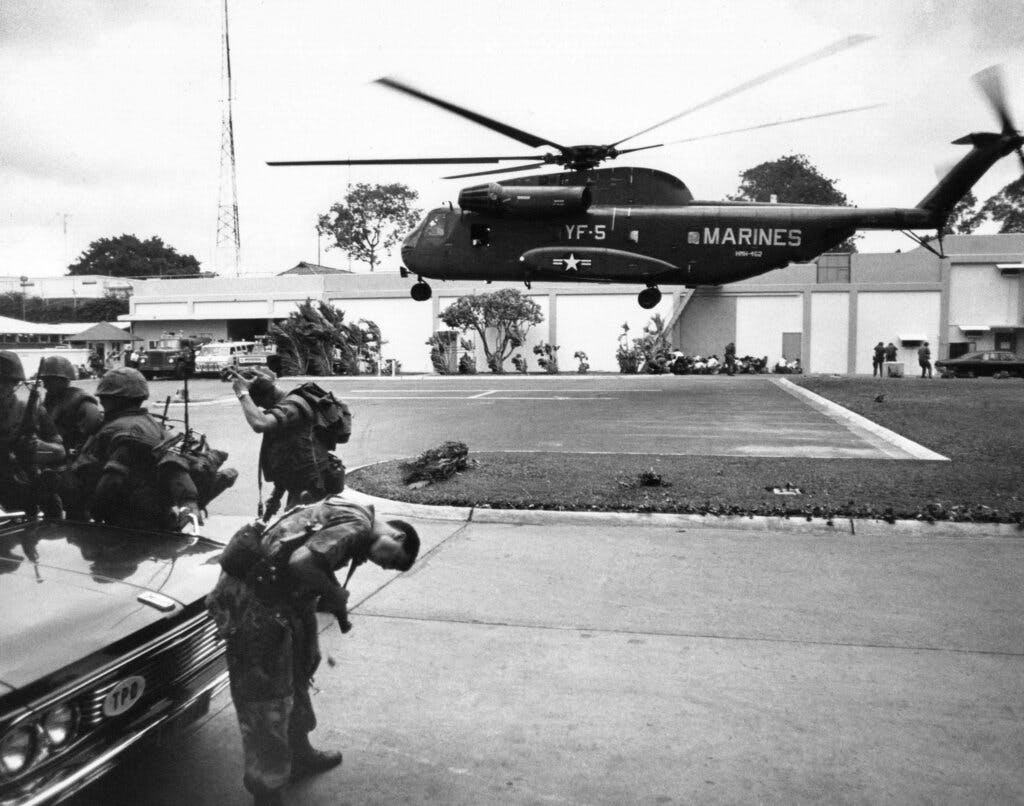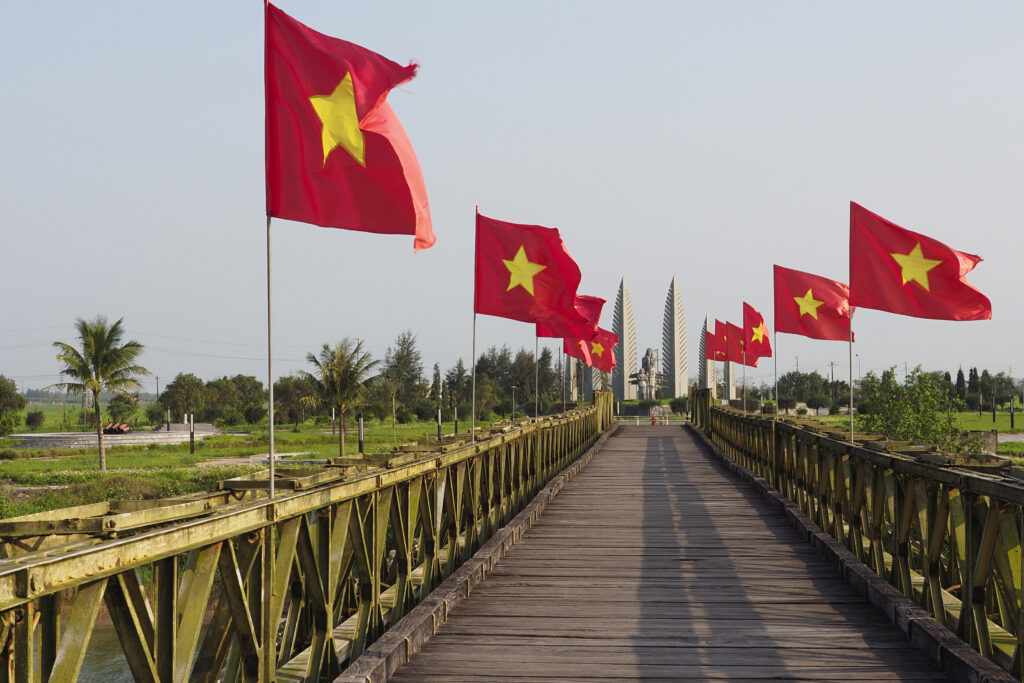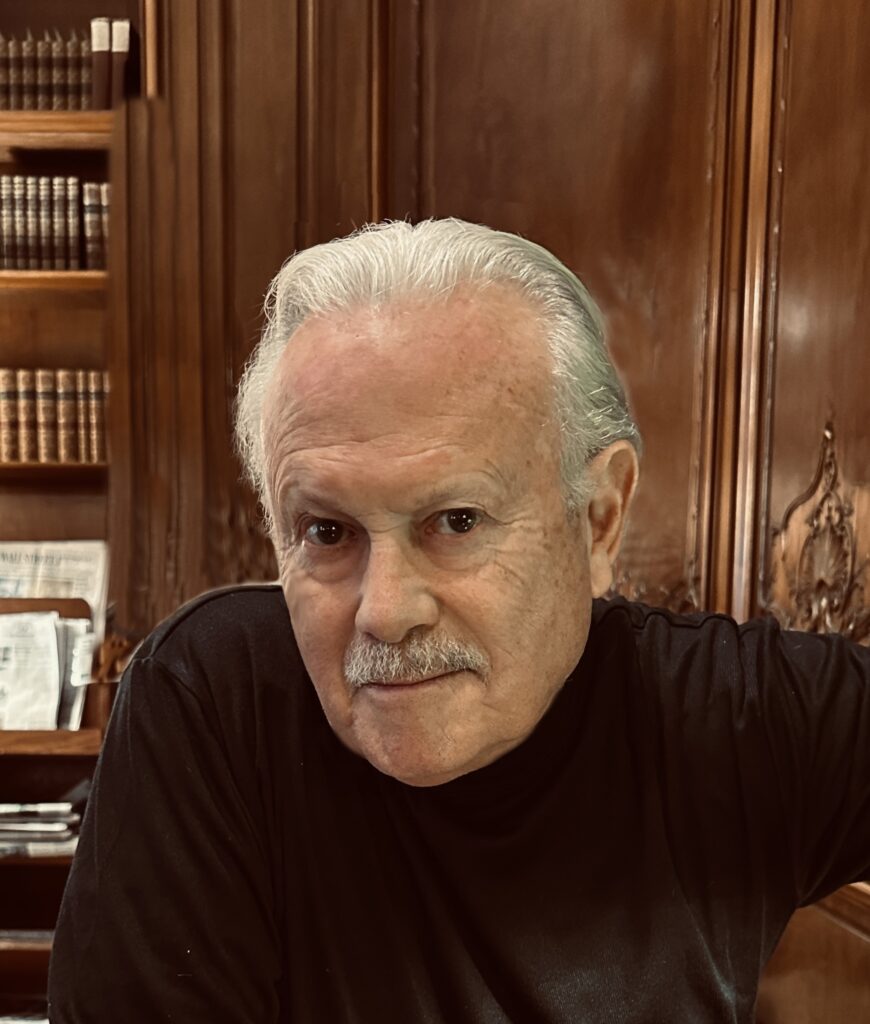The 50th Anniversary of the Fall of Free Vietnam Looms Large for Younger Generations as ‘Pax Americana’ Falls Apart
Ralph White’s book, ‘Getting Out of Saigon,’ chronicling the struggle to escape the Communist Vietnamese takeover, makes for gripping and timely reading.

The 50th anniversary of the fall of Saigon, a marker for a dwindling generation, will be recalled in the days ahead. On April 30, 1975, after the last American helicopters had lifted from the American embassy roof, two North Vietnamese Army tanks, one supplied by China, the other by the Soviet Union, crashed through the gates of South Vietnam’s Independence Palace.
For younger Americans, their generation’s foreign policy debacle came August 15, 2021, with the fall of Kabul. In the background, Iraq seems to be degrading into a Iranian client state. The big question of the day is: Can Europe fill Uncle Sam’s shoes fast enough to avoid a fall of Kyiv?
In this light, Ralph White’s book, “Getting Out of Saigon,” makes for gripping and timely reading. What happens when Pax Americana falls apart?

Half a century ago, Mr. White, a native of Litchfield, Connecticut, was a 27-year-old innocent abroad, posted at Bangkok for Chase Manhattan Bank. In early April, 1975, Mr. White should have smelled trouble when the bank’s regional director unexpectedly invited him to his Bangkok estate for poolside wining and dining.
Correctly assuming that no one else would be stupid or rash enough to take on the assignment, the bank picked Mr. White to fly into Saigon with the last minute mission to close the branch office and to evacuate staff and their families. On April 14, he landed at Saigon, flying over Cambodia. Below, the Khmer Rouge were preparing to drive the Cambodians from their own capital at Phnom Penh. They called it Year Zero.
Over the next 12 days, Mr. White, aided by his satchel stuffed with $20,000 in cash, proved to be a fast learner. Images emerge of stubborn American officials, starting with Ambassador Graham Martin. In spring 1975, North Vietnam, was ignoring the Paris Peace Accords signed two years earlier. South Vietnamese provinces fell like the promised dominoes. Ambassador Martin remained in denial. He refused to order an evacuation.

Mr. White recounts a memorable encounter with Martin in the embassy men’s room where the ambassador seemed to cough up blood from pneumonia. Later, historians learned that the last chopper to leave the embassy had orders from Washington to remove the Ambassador at gunpoint, if necessary.
With his Chase credentials — and pressure from the bank’s chairman, David Rockefeller — Mr. White won free run of the embassy’s power floor. In the final days of America’s time in Vietnam, he realized that some Embassy officers, often those with Vietnamese wives, were running clandestine evacuation lines. In a crunch, these Americans rose to the occasion and broke the rules.
Drawing on later interviews with these men, on Chase historical archives, and on his own notes, Mr. White wrote an engrossing, 300-page account of his 12 days in Saigon. While preparing the book for publication, Mr. White was not satisfied with the cover art chosen by his publisher, Simon & Schuster. He accessed the Getty archive and typed in this search term: “fall of Saigon.” Scrolling through 800 photos, he chose a black and white shot by Jacques Pavlovsky. It shows a trio of Vietnamese children marching up the back bay ramp of a C-141.
Shortly after publication, Mr. White received a call from a woman in Texas. “Mr. White,” she said, “thank you for putting that picture of my children on the cover of your book.” By chance, in scrolling through the photo library, he chose one of the family of an evacuated Chase employee.
For readers looking for more, Rory Kennedy, sister of Robert F. Kennedy, Jr., made an acclaimed documentary, “Last Days in Vietnam.” Completed in 2014, the film includes interviews ranging from Henry Kissinger to helicopter pilots who flew into the Pacific, landing their human cargo on the decks of ships from the US Seventh Fleet. This movie won a 95 percent approval rating from 60 reviews on the aggregator site Rotten Tomatoes.
For Mr. White, his mission was not academic. News already was filtering out of Cambodia about the radical emptying of Phnom Penh. Now we know the human scorecard of the fall of Saigon: half a million South Vietnamese sent to re-education camps, one million people expelled from the capital, and about two million driven to flee the country as boat people.
In Vietnam, the government celebrates April 30 as Liberation Day. In the United States, Vietnamese-Americans know better. They mark the week of April 30 as “Black April.” President Reagan liked to recall the refugee at sea who, spotting an American on the deck of United States Ship Midway, shouted, “Hello, American sailor. Hello, freedom man.”

